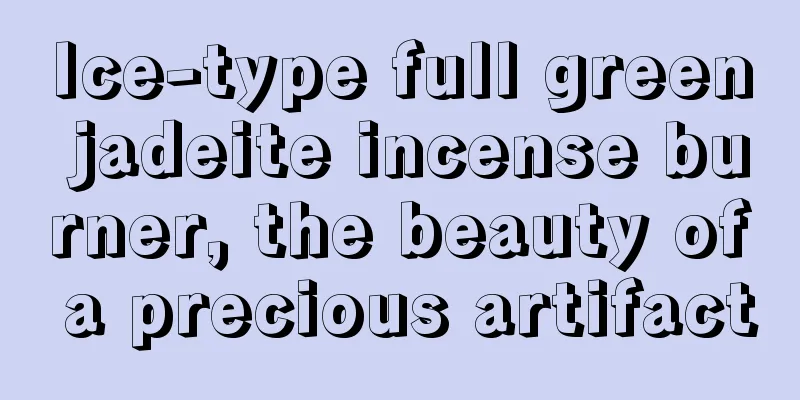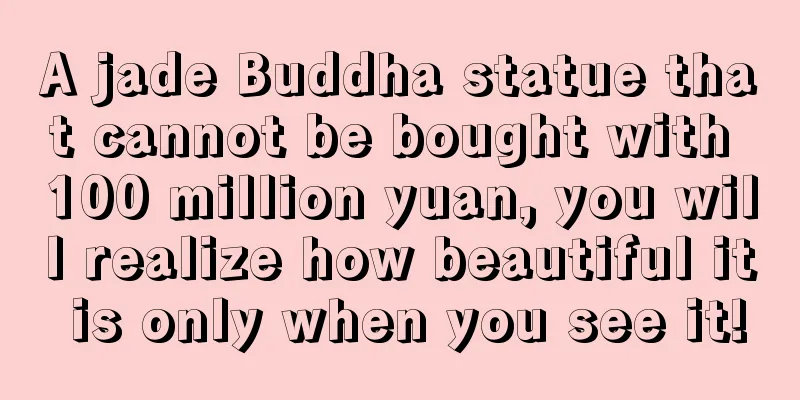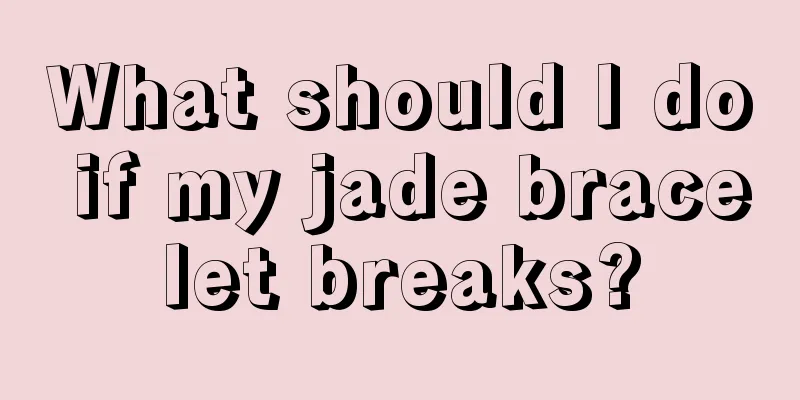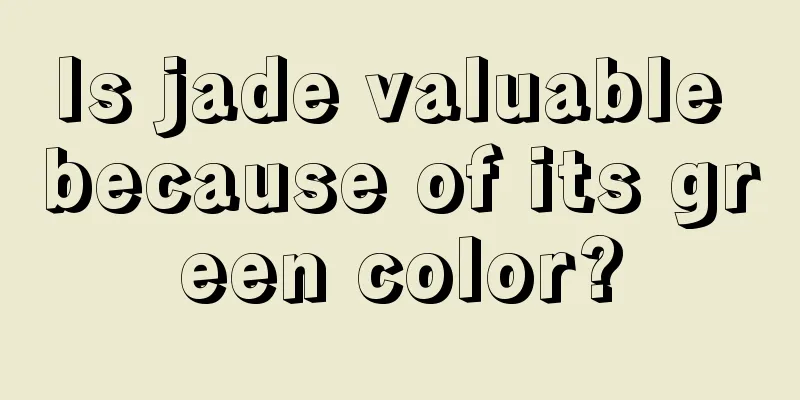How many full green jadeites are there? Why can we often see it in the market?

|
In the jade trading market, full green jade jewelry with excellent quality, water and color is very difficult to find, and can be said to be very rare. The reason is that this kind of jadeite raw stone with good quality and color is one in a million, and it is a blessing to be able to mine such a raw stone. So what are the full greens that we often see? It should be said that there are the following: Dry green jadeite As the name suggests, Ganqing refers to a kind of jadeite that can be seen in the market, which lacks water, looks a little dry, but is almost full green. The green concentration of dry green jadeite is very high and the color is relatively dark, mostly dark green to dark green, with many black spots and frequent cracks. With the naked eye, one can observe black granular or columnar grains in dry green jadeite, and the color is uneven. Therefore, although the dry green variety is very dark green, almost full green, its water content is relatively poor, and it can be said to have color but no quality. Tielongsheng Jade The quality of Tielongsheng jade is worse than Ganqing jade. Thirty years ago, Burmese miners discovered Tielongsheng in Longken. They were very surprised to find that these jades were also almost full green. In Burmese, full green is pronounced as "Tianlongsheng", so Tielongsheng is also called Tianlongsheng. Because Tielongsheng is very thick and opaque, it looks very dull. Hong Kong goldsmiths cut it into very thin slices, and then use it for inlay after it has a slight water head. This is also known as "thin installation" in the industry. However, the black spots on the iron dragon still affect the appearance. Dyed Jade By artificially dyeing it with chemical reagents, colorless or light-colored jadeite is made more vivid green, so that it can be used to imitate better quality full-green jadeite. This type of jadeite is called "C goods"; if glue is injected, it is called "B+C goods". For dyed jadeite, since the dye enters the jadeite along the particles or cracks, you can see that the dyed color is mostly distributed in a silk screen pattern, and the precipitation or aggregation of the dye can be seen in the larger cracks. There are some counterfeits that are not even jadeite, such as green glass, Australian jade, Malay jade, etc., which are dazzling.
fruit fcgc33 |
<<: There are so many kinds of jade violets and they are all so beautiful. I’ve learned a lot!
>>: There is a reason why jade is so expensive that you don’t know! These facts tell you why
Recommend
Five "37 Laws" of Jade Carving
If jade is not carved, it cannot become a useful ...
What are the five most popular jade jewelry among women?
When it comes to the most popular jewelry among w...
The legendary dragon stone jade is a hundred times more beautiful than the glass type!
Usually, the color and water quality are importan...
Several Methods for Identifying Natural Jade
Friends often hold up a piece of jade and ask me ...
Jade Story: The Story of Empress Dowager Cixi and Jade
The Chinese people have an indissoluble bond with...
Have you ever seen such exquisite jade art?
Jade always has a mysterious allure for oriental ...
How about carving a finished product from the jadeite raw stone that no one cares about?
Today I will bring you a piece of jadeite rough s...
This is how the color of emerald comes from
Jade has a very wide variety of colors. There are...
What kind of jade should I choose? The more expensive the better?
When buying jewelry and jadeite, the more expensi...
Does jade also have “dead” and “alive” qualities? Is your jade "alive"?
We all know that animals and plants have life and...
High-quality blue water-bottom jadeite, the jade carving master did not carve the lucky melon, but carved it
Jade must be crafted, the craftsmanship must have...
Temperament is in fashion, and matching jewelry with jade earrings is a must-have for beauties!
The beauty of women comes from within. Natural be...
The jade brick material is so ugly that it reaches a new level. The jade carver skillfully transforms it into "The Great Way Is Infinite"!
Everyone who plays with jade knows that a good pi...
Jade rough material becomes a fine jade object, generally it needs to go through 6 kinds of processing
1. Jade appraisal: When a piece of jade arrives a...
The processing process of ice-type floating flower bracelet, the birth story of beautiful bracelet!
There is an old saying: "Why is it so wide, ...









